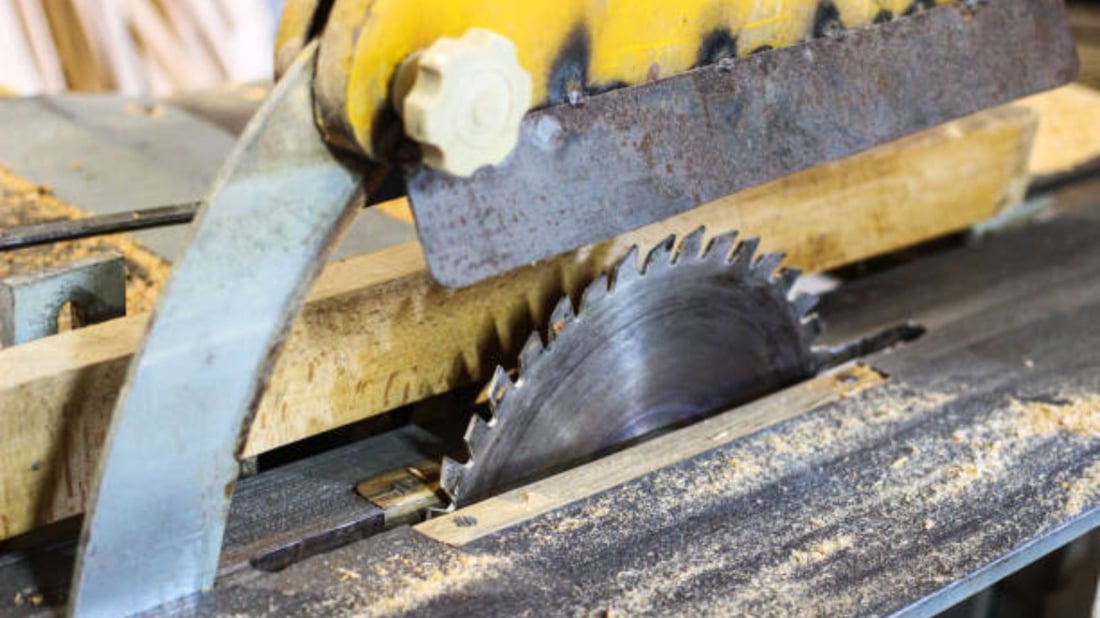The Advantages of Using a Carbide-tipped reciprocating saw blade for fiberglass
Fiberglass is a durable and versatile material that is commonly used in various industries. However, cutting it can be a challenging task, especially if you are using the wrong saw blade. Enter the carbide-tipped reciprocating saw blade for fiberglass, an innovative cutting tool designed to enhance your fiberglass cutting experience.
What is a Carbide-Tipped Reciprocating Saw Blade for Fiberglass?
A carbide-tipped reciprocating saw blade for fiberglass is a specialized cutting tool that is engineered to cut through various types of fiberglass with ease and precision. It features carbide teeth that are designed to resist wear and tear, ensuring a longer lifespan and superior cutting performance.
Benefits of Using a Carbide-Tipped Reciprocating Saw Blade for Fiberglass
There are numerous advantages of using a carbide-tipped reciprocating saw blade when working with fiberglass. For instance:
- Greater Precision: With a sharper and more durable blade, you can achieve precise cuts with less effort, reducing the need for additional sanding or finishing work.
- Reduced Friction: The carbide teeth of the blade are designed to resist heat and friction, minimizing the risk of blade failures and damage to your material.
- Longer Lifespan: Carbide teeth are built to last longer than other materials such as steel, providing a longer lifespan and cutting performance.
- Increased Efficiency: Carbide-tipped blades typically cut through fiberglass faster than other blades, allowing you to get the job done more efficiently.
Choosing the Right Blade
When selecting a carbide-tipped reciprocating saw blade for fiberglass, it's essential to consider the following factors:
- Blade Length: Choose a blade that is long enough to cut through your fiberglass material efficiently.
- Teeth per Inch (TPI): The number of teeth per inch determines the smoothness of your cut. Blades with higher TPI counts are ideal for fine cuts.
- Blade Material: Ensure that the blade is made of high-quality materials that offer durability and longevity.
- Blade Shape: Blades come in different shapes such as straight or curved. Pick the right blade shape that matches the curvature of your cutting path.
Cutting Tips for Fiberglass
When using a carbide-tipped reciprocating saw blade to cut through fiberglass, consider the following tips:
- Wear Protective Gear: To avoid injury, don't forget to wear protective gear such as gloves, goggles, and respiratory masks.
- Clean Your Blade: Before cutting, ensure that your blade is clean and free from debris. This allows you to cut smoothly and efficiently without damaging your material.
- Slow and Steady: Avoid rushing your cuts and maintain a consistent speed to achieve smoother and more precise cuts.
- Pick the Right Angle: Choose an angle that provides the best visibility of your cutting path, allowing for greater precision.
Maintaining Your Carbide-Tipped Reciprocating Saw Blade for Fiberglass
To ensure the longevity of your carbide-tipped reciprocating saw blade, consider the following maintenance tips:
- Clean Your Blade: After use, clean your blade with a soft brush or cloth, removing any debris or dirt that may have accumulated during cutting.
- Store Properly: Store your blade in a dry and secure place where it cannot be damaged or exposed to moisture.
- Sharpen Your Blade: Over time, your blade may become dull and require sharpening. Seek professional sharpening services or sharpen the blade yourself using a sharpening tool.
Conclusion
With the increasing popularity of fiberglass in various industries, investing in a carbide-tipped reciprocating saw blade for fiberglass is an excellent decision for anyone who values efficiency and precision. Choose the right blade, follow proper cutting and maintenance techniques, and experience seamless fiberglass cutting like never before.


